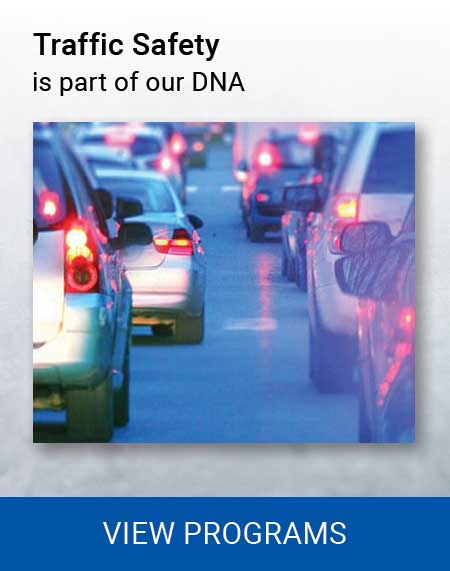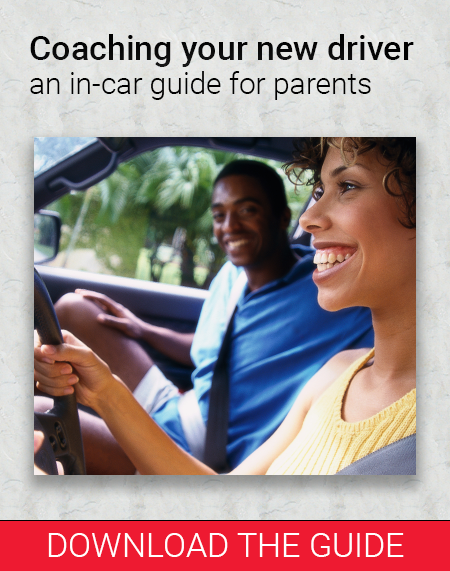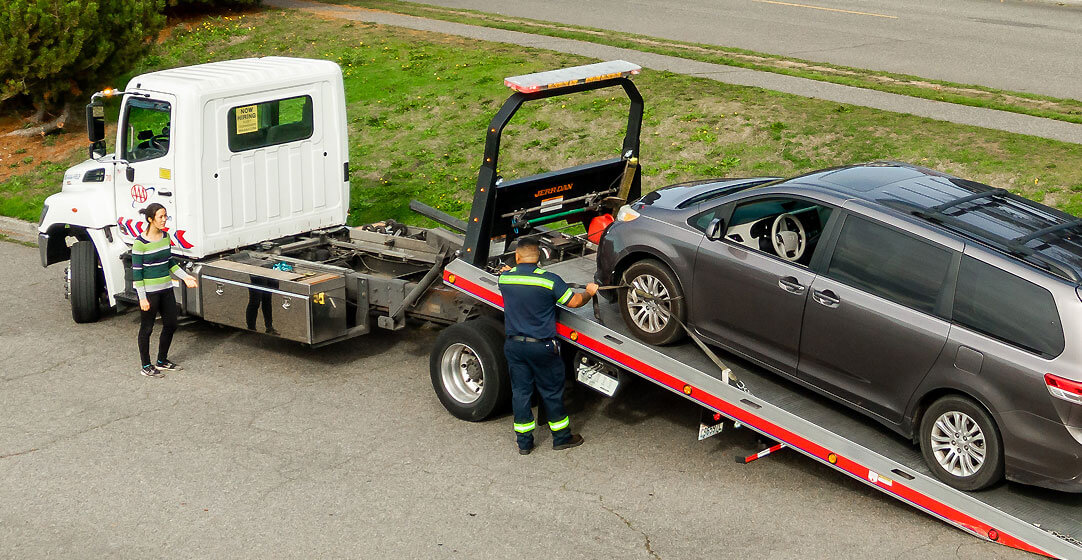Before you head out, visit WSDOT’s website for the latest road conditions in Washington.
Road Trip Vehicle Prep
The best time to prevent a vehicle breakdown is before your trip ever begins. To set yourself up for success, run through this car care checklist, avoid the most common issues that lead to a roadside rescue.
Battery and Charging System – Have the battery and charging system tested by a trained technician. This is especially crucial during winter when it takes a fully charged battery to start an engine in cold temperatures. AAA members can request a visit from a AAA Mobile Battery Service technician who will test their battery and can often replace it on-site, if necessary
Battery Cables and Terminals – Make sure the battery terminals and cable ends are free from corrosion and the connections are tight.
Drive Belts – Inspect the bottom of accessory drive belts for cracks or fraying. Many newer multi-rib “serpentine” belts are made of materials that do not show obvious signs of wear; replace the belts at 60,000-mile intervals.
Engine Hoses – Inspect cooling system hoses for leaks, cracks or loose clamps. Also, squeeze the hoses and replace any that are brittle or feel excessively spongy.
Tire Tread and Type – Start shopping for new tires when tread measures 4/32”. Test tread depth by placing a quarter upside down between the treads of a tire. If the top of Washington’s head is visible, it is time to replace the tires. Tread plays a crucial role in a driver controller and stopping a vehicle. Uneven tire wear can indicate alignment, wheel balance or suspension problems that must be addressed to avoid further tire damage.
In areas with heavy winter weather, installing snow tires on all four wheels provides the best winter traction. All-season tires work well in light-to -moderate snow conditions provided they have adequate tread depth.
Tire Pressure – Check tire inflation pressure on all four tires and the spare regularly, more frequently in fall and winter. As the average temperature drops, so will tire pressures – typically by one PSI for every 10 degrees Fahrenheit. The proper tire pressure levels can be found in the owner’s manual or on a sticker typically located on the driver’s side door jamb.
Air Filter – Check the engine air filter by holding it up to a 60-watt light bulb. If light can be seen through much of the filter, it is still clean enough to work effectively. However, if light is blocked by most of the filter, replace it. Drivers who live in areas with frequent wildfires should check air filters more often.
Coolant Levels – Check the coolant level in the overflow tank when the engine is cold. If the level is low, add a 50/50 solution of coolant and water to maintain the necessary antifreeze capability. Test the antifreeze protection level annually with an inexpensive tester available at any auto parts store.
Lights – Check the operation of all headlights, taillights, brake lights, turn signals, emergency flashers and back-up lights. Replace any burnt out bulbs.
Wiper Blades – The blades should completely clear the glass with each swipe. Replace any blade that leaves streaks or misses spots. In areas with snow, consider installing winter wiper blades that wrap the blade frame in a rubber boot to reduce ice and snow buildup that can prevent good contact between the blade and the glass.
Washer Fluid – Fill the windshield washer fluid reservoir with a winter cleaning solution that has antifreeze components to prevent it from freezing.
Brakes – If there is any indication of a brake problem, have the system inspected by a certified technician to ensure all components are in good working order.
Transmission, Brake and Power Steering Fluids – Check all fluids to ensure they are at or above the minimum safe levels.
Emergency Road Kit – Always carry an emergency kit in every vehicle and restock as needed. In the fall, add items specific to winter driving.
Motorists can identify reliable, high-quality repair shops with certified technicians by looking for the AAA Approved Auto Repair sign. These facilities must meet and maintain high professional standards for customer service, technician training, tools, equipment, warranties and cleanliness. Nearby shops can be located at AAA.com/repair.







